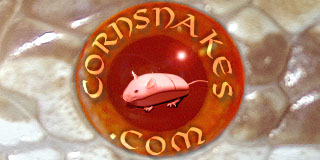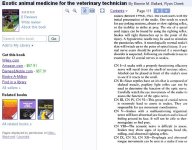JimGERcream
German efficiency
yes, I don't know an european breeder who has an adult gazer because afaik here in europe aren't any adults, but we have MUCH carriers here and that's a fact. I know a breeder who sold them without knowing it for years in hamm and several other showes.
No that wouldn't make you a monster and that's not what I've said. I'm speaking of people who want a gazer because it's a gazer and not because of testing their lines. THAT is unethical; to produce/buy some in order to prove your lines isn't unethical anywise. when you keep the gazer until its end, so what, no problems from my side....why should I have any...
If customers WANT them, you know and I know that there will be someone who'll bred gazers for them, so the customers manipulate the market too. supply and demand?! Remember the scaleless corns. I don't say that this will be anyone of this board, but there's more than just cornsnakes.com and the european market is meanwhile bigger than ever before. I've never said anything about anyone and I know when I have to speak from ethic. I think you got me wrong.
At some point my girls will be shifted from Pets to being breeders to testing out a certain animals, and then after they have helped me along, I am certainly not going to off them poor creatures because they are retards. I intend to care for them for the rest of their lives, as this is what I consider to be the most ethically correct thing to do. Does this make me some monster or twisted individual ? I don't think so.. Does it make me unethical? No.. I don't think I have heard anyone here ever say they are intending to create a a clutch of Stargazers to profit of the Gazer animals, I think you have come to the wrong choir to preach ethics too..
No that wouldn't make you a monster and that's not what I've said. I'm speaking of people who want a gazer because it's a gazer and not because of testing their lines. THAT is unethical; to produce/buy some in order to prove your lines isn't unethical anywise. when you keep the gazer until its end, so what, no problems from my side....why should I have any...
If customers WANT them, you know and I know that there will be someone who'll bred gazers for them, so the customers manipulate the market too. supply and demand?! Remember the scaleless corns. I don't say that this will be anyone of this board, but there's more than just cornsnakes.com and the european market is meanwhile bigger than ever before. I've never said anything about anyone and I know when I have to speak from ethic. I think you got me wrong.

